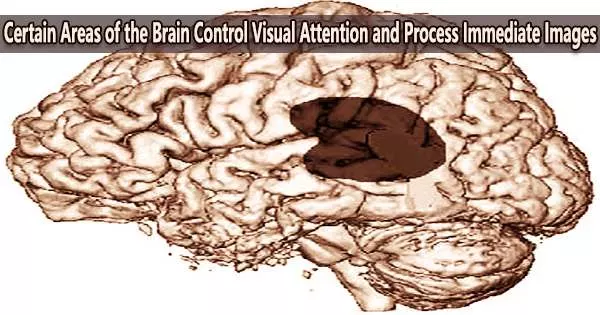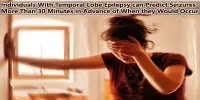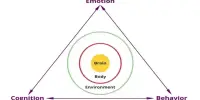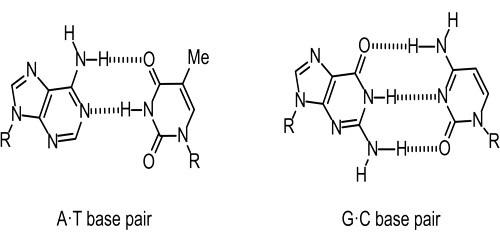“Top-Down Brain Control” is a term used to describe a type of brain-computer interaction where the user actively controls their own brain activity. This concept is related to the idea of mindfulness and the practice of meditation, which involves focusing the mind on the present moment and regulating one’s thoughts and emotions.
We see details in only a small portion of the world in front of us, one point at a time, guided by and processed in regions of the brain detected in new research described by Christian Kiefer and his colleagues in Frontiers in Neuroscience in February 2022.
Known for years, but not on a conscious level, is how the eyes move to focus on significant areas of the visual scene. The eyes often pause, or focus, for less than a quarter of a second on an important area, such a mouth corner, before quickly moving to another area, like the nose.
Such still images are pieced together by the visual system in a manner similar to how a digital camera may build together a panoramic view from a number of still images. But how does the brain aim and process these photo-like images?
That’s a question behind the research of Kiefer and colleagues when they combined magnetoencephalography (MEG) to scan the brains along with eye tracking to follow the gaze of in 31 volunteers presented with pictures of everyday objects like flowers, animals, and houses.
This intricate technique assesses the magnetic fields produced by the brain’s electrical currents. It provides an accurate resolution of the timing of neuronal activity. This noninvasive test uses recording from sensors outside the scalp.
Their findings demonstrated a correlation between the activity of several cerebral cortex regions and eye stops or fixations during both normal and object-specific scanning of images.
The right cerebral hemisphere’s temporoparietal junction, or TPJ, stood out as a key component of a network that was engaged during the eye’s brief fixations as it scanned a visual scene during a guided search for items. In addition, greater activity of that region was associated with recognizing those objects more quickly.
Taken as a whole, these findings support the hypothesis that the temporoparietal junction…is a central part in the connectivity networks during guided visual searching and that it is involved in object recognition and the guidance of eye movements.
According to the authors
Top-Down Control
Visual attention can be directed by a top-down system, governed by specific brain regions. Or it can be due to visual features of objects in the scene, such as their size, movement, or color, described as a bottom-up system. The research of Kiefer and his colleagues focused on the importance of top-down control.
When we consider how the eye works as an optical system, the central part of the retina, responsible for central vision, is most important for seeing details, or visual acuity. This is due to the high density of receptors within the cone cells and the ganglion cells to which they are connected. You can compare it to high-definition video, with many small pixels per inch. This detailed central vision can detect a few letters at a time in a word using 12-point font at a normal reading distance.
Another estimation states that it is around the size of your fingernail when viewed with your arm extended. The visual cortex, which receives information from the earliest levels of the visual system and is required for visual perception, is activated in an excessive amount of space by signals from central vision.
Peripheral vision, which is significantly less detailed but crucial for identifying off-center items that may be important to attend to next, is produced by a broader portion of the retina surrounding this central vision area.
The Temporoparietal Junction
As we scan the words on a screen or the objects in a picture, our eyes move from point to point with brief pauses or fixations during which the visual system takes in information and proceeds onward to cover other parts of the scene.
It has been thoroughly researched how eye signals go from the retina and optic nerve to the visual cortex, but current study is focused on how the resulting neuronal activity affects higher brain regions. The study discussed here examined how such brain areas regulate top-down attention to and picture processing. Although several brain regions were involved, one stood out.
Top-down brain control in the context of brain-computer interfaces might refer to the usage of methods like neurofeedback, where the user receives real-time input about their brain activity and learns to consciously control it.
According to the authors,
“Taken as a whole, these findings support the hypothesis that the temporoparietal junction…is a central part in the connectivity networks during guided visual searching and that it is involved in object recognition and the guidance of eye movements.”
The study discussed here examined how such brain areas regulate top-down attention to and picture processing. When we pay attention using other senses, such as our hearing when we converse with another person while oblivious to other sounds in a restaurant, similar systems may be at play.
















